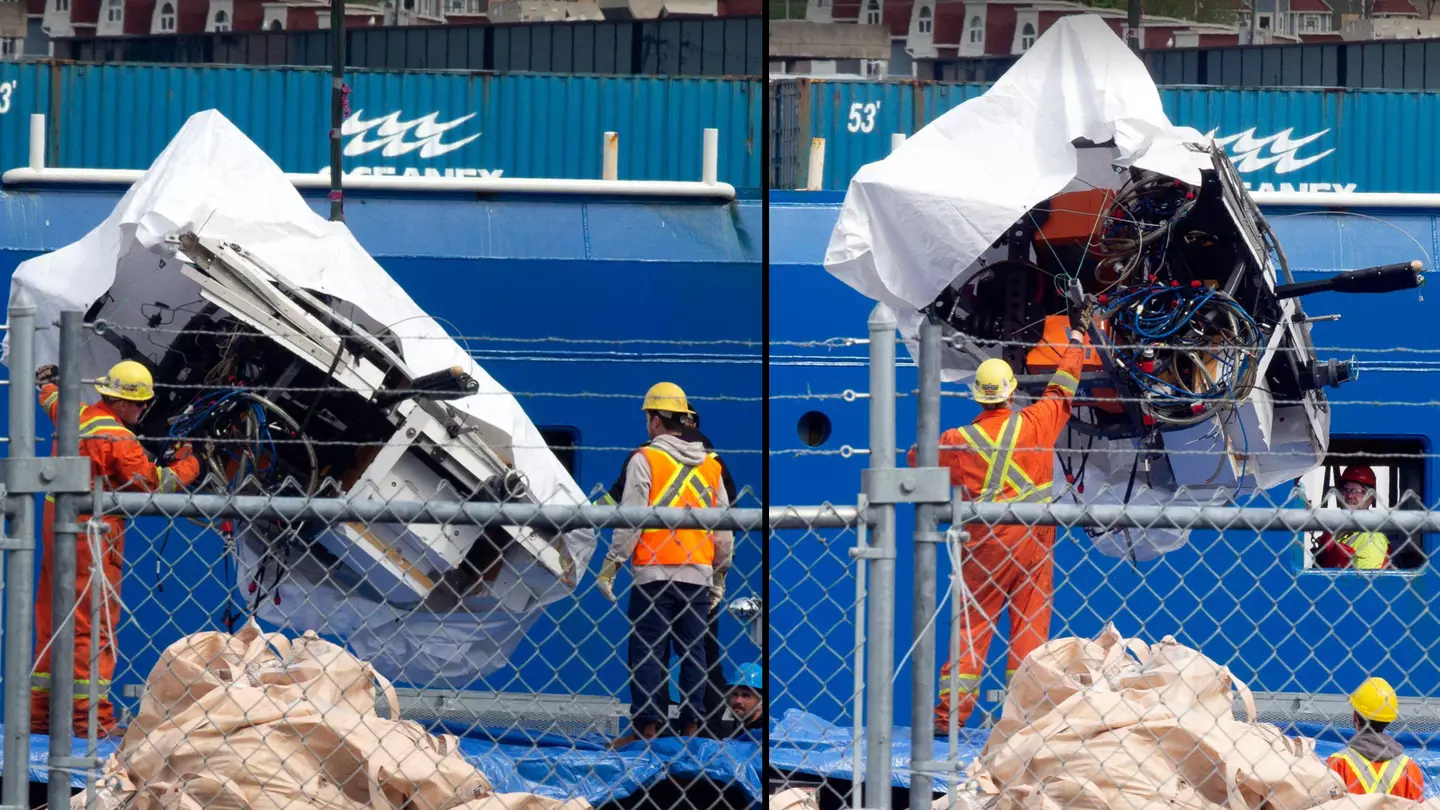
A professor in marine engineering has shared his thoughts on what could have led to the catastrophic implosion of the Titan submersible after it set off to explore the Titanic.
Authorities have been removing remnants of OceanGate's Titan from the Atlantic ocean this week after finding a debris field during a search for the missing vessel, which had five people on board.
The US Coast Guard has now convened an investigation by the Marine Board of Investigation (MBI), the highest level of investigation it conducts, to look further into the implosion of the vessel.
Advert
As the MBI sets about collecting evidence, Dr Jasper Graham-Jones suggested a number of factors which may have contributed to the disaster.
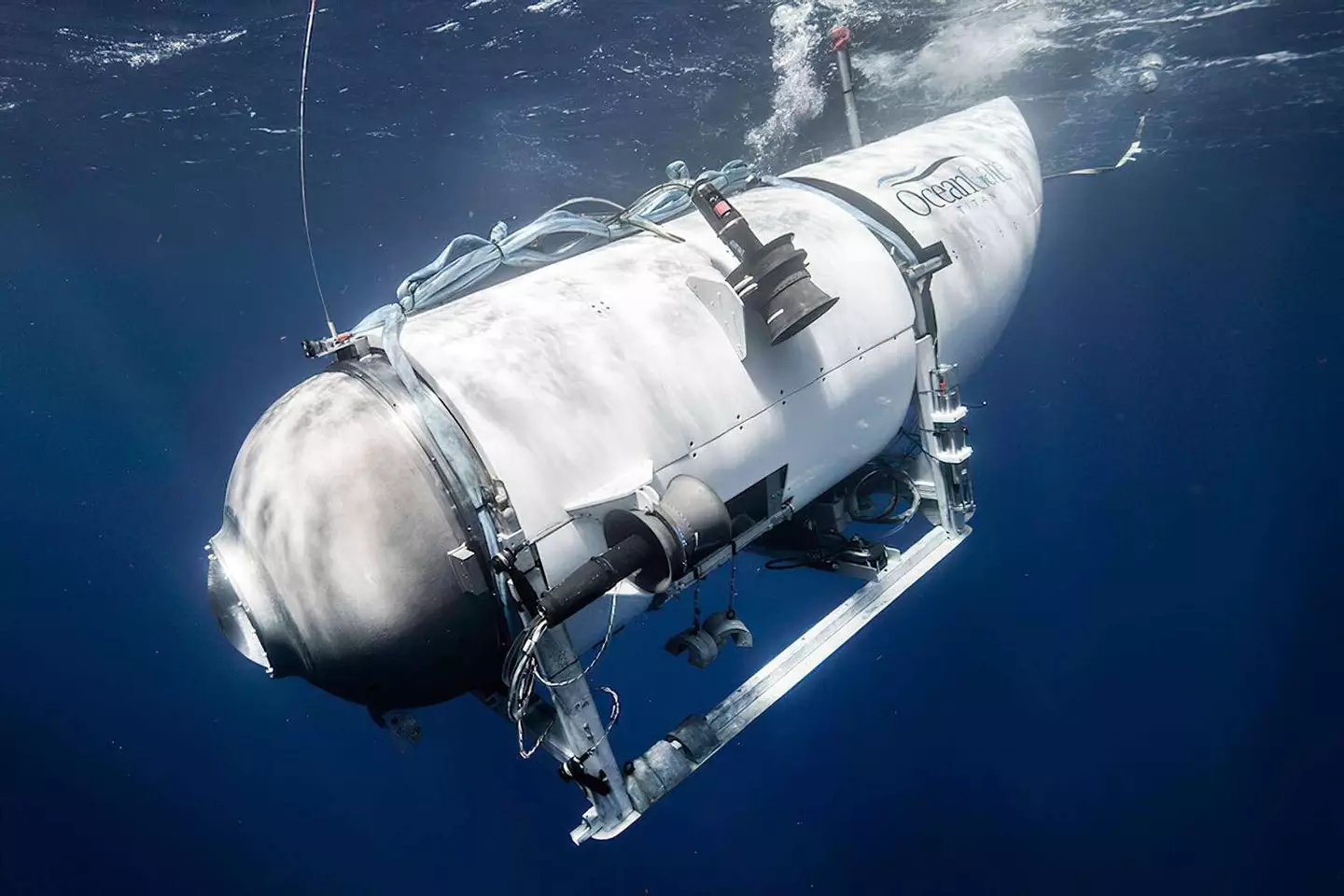
Window damage
Stockton Rush, the CEO of OceanGate and one of the passengers who was on board Titan when it imploded, said once during an interview about the vessel that some of its parts were made of 'off-the-shelf components'.
Advert
Rush specifically used an interior light in Titan as an example, but Graham-Jones has claimed that the viewing window of the submersible was one feature that wasn't up to scratch.
The professor, who works at the University of Plymouth, claimed the window was not certified to go down reach the depths of the Titanic wreckage, which sits about 12,500 feet below the surface of the ocean.
He told The Sun: "I think the guy who ran this was actually making big mistakes, and was overconfident in his calculations. Cracks would have formed.
"They might not have been seen at first, but they start to become a little bit bigger each time before becoming a critical crack and failing."
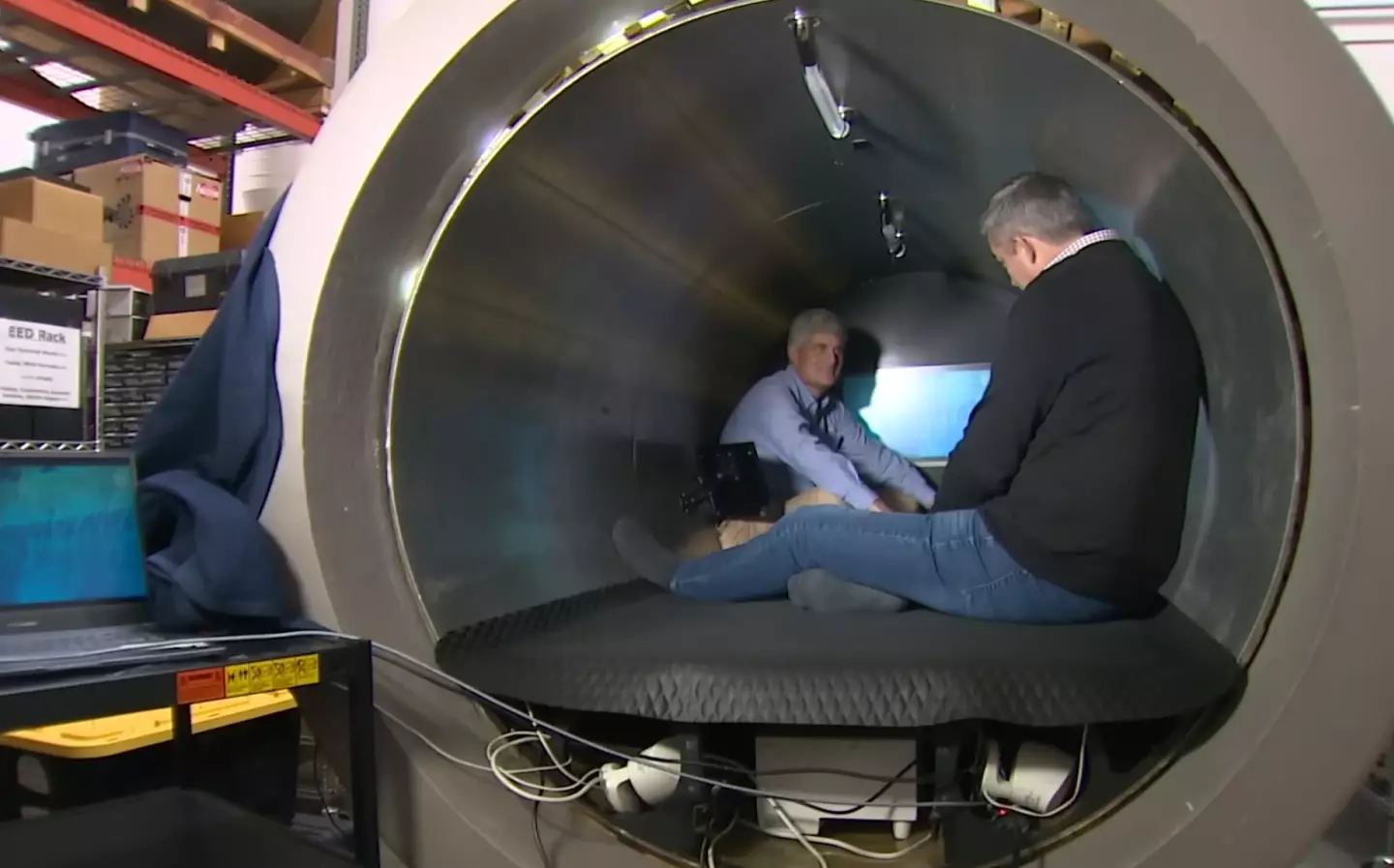
Electrical issues
Another potential issue with the vessel may have been the corrosion of electronics used to control it, which could have been caused by leaking parts of the ship.
Advert
"This could have been an electrical catastrophe," the professor said.
"It could have been corrosion, it could have been a fire. Any leakage of water coming through to the electrics could lead to failure as well.
"Some of the pipes and parts that lead outside could have begun to leak. If you have a wire going outside, then those wires going through land could actually start to leak. They could have corroded."

Cracks in the structure
Travelling down to the depths at which the Titanic lies, the Titan submersible would need to be able to withstand the extreme pressure of the water bearing down on it.
Advert
Small cracks in the structure would weaken the vessel, particularly on pressure bulkheads such as the windows or titanium and carbon fibre sections.
Graham-Jones explained: "The crack could be brittle, or ductile, and related to fatigue and de-lamination.
"By scanning under an electron microscope, you can see the fatigue and confirm the speed and direction of the cracks."
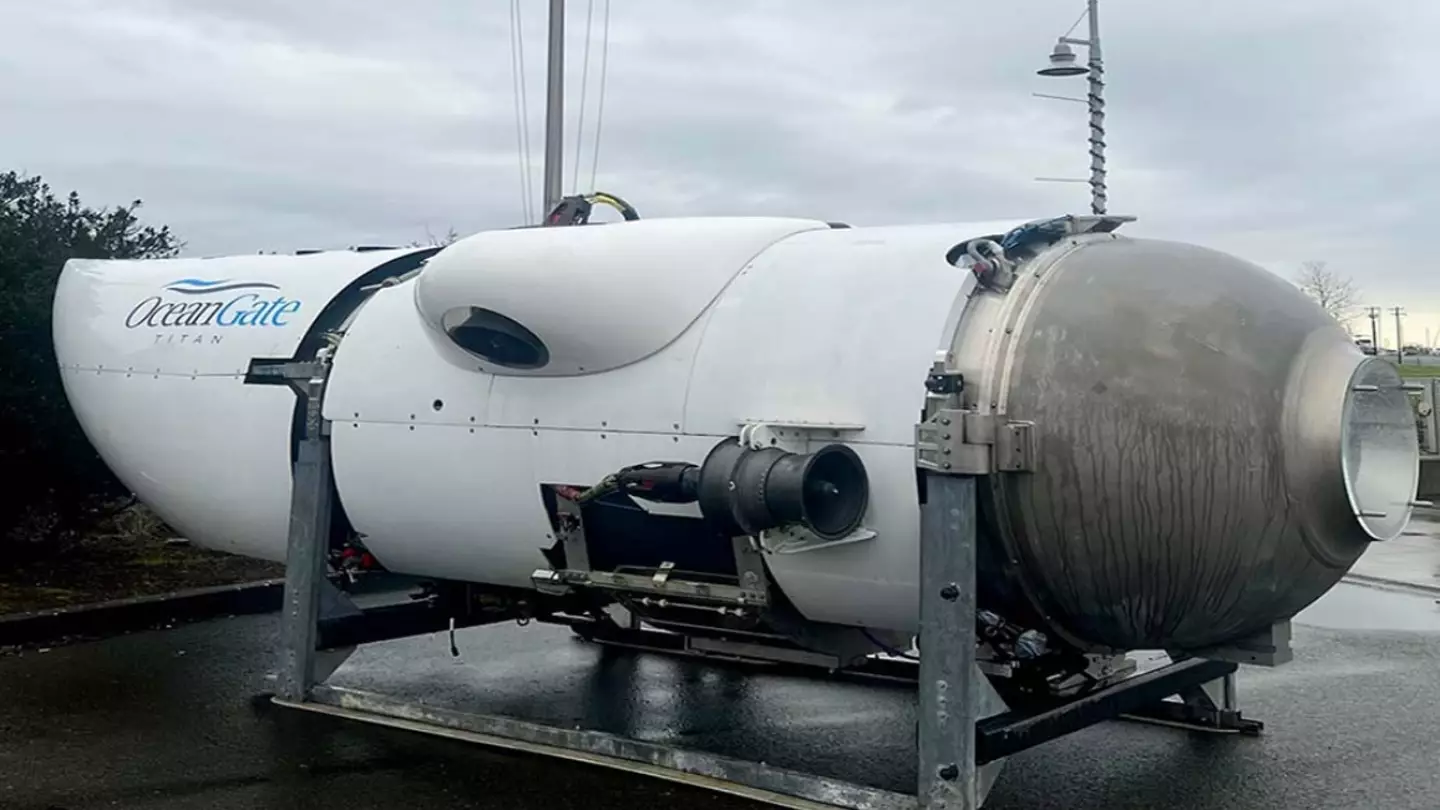
Excessive heat
Hotter-than-usual elements in the vessel may also have been responsible for making it weak and leading to the implosion, with Graham-Jones noting that the investigators will be searching for signs of such heat during their probe.
Advert
"Has there been excessive heating, or corrosion or buckling? Distortion of joints and fittings?," he asked.
However, the professor noted investigators would have to try to differentiate between any problems present on Titan before it left its mothership, and faults which arose on the structure after its implosion.
Wires the pressure bulkhead
Wires inside the vessel helped control its electronics, but they could have also made the vessel more susceptible to damage if they had been corroded by a leak.
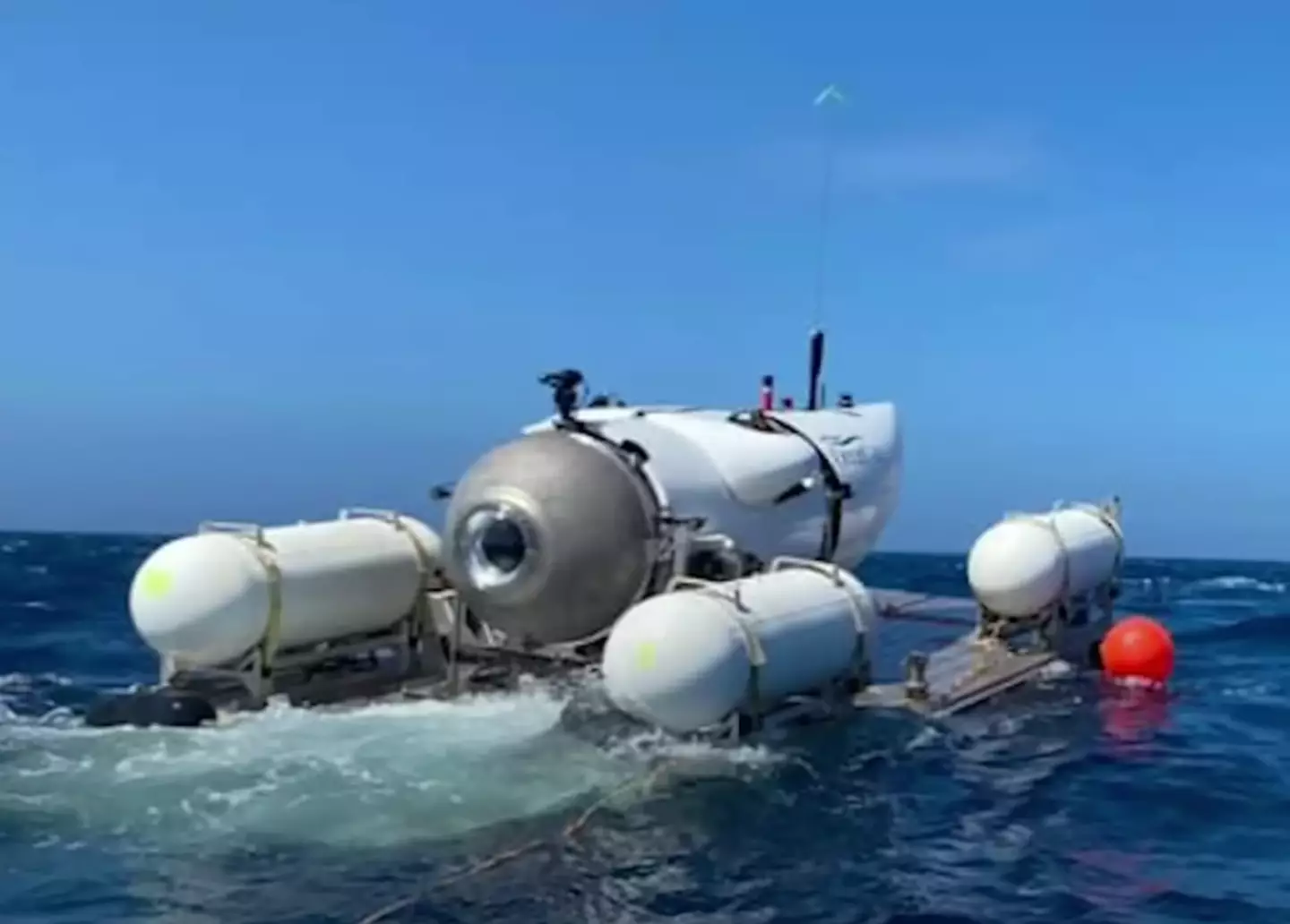
Though it will likely be some time before official explanations for the implosion are released, the professor explained the debris recovered from the vessel will provide vital clues.
"It is critical to make sure they try and collect carefully so that no further damage is caused to collected parts," he said.
"From visual and magnified views, components’ crack paths can be recorded. Typically, a map of all these crack paths this can be fixed to a few initial locations. From these initial locations possible failure causes can be suggested."
Captain Jason Neubauer, chair of the Marine Board of Investigation, has admitted there is a 'substantial amount of work to be done' to understand what led to the implosion.
Featured Image Credit: Associated Press / Alamy Stock Photo